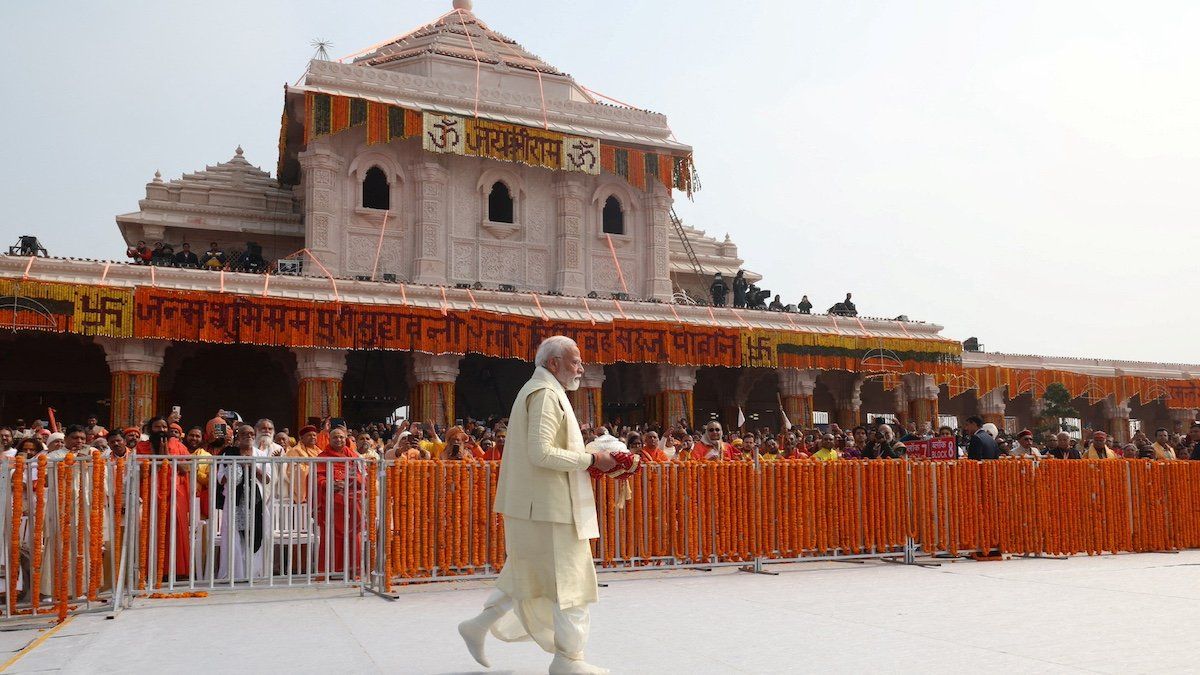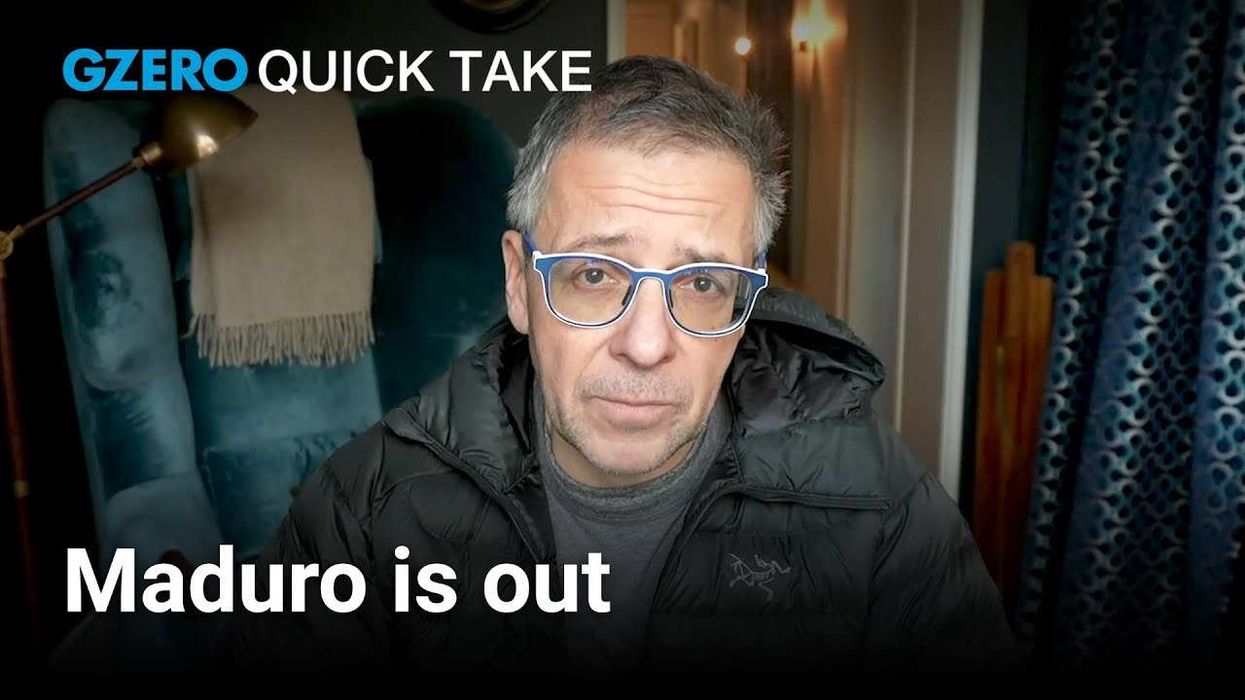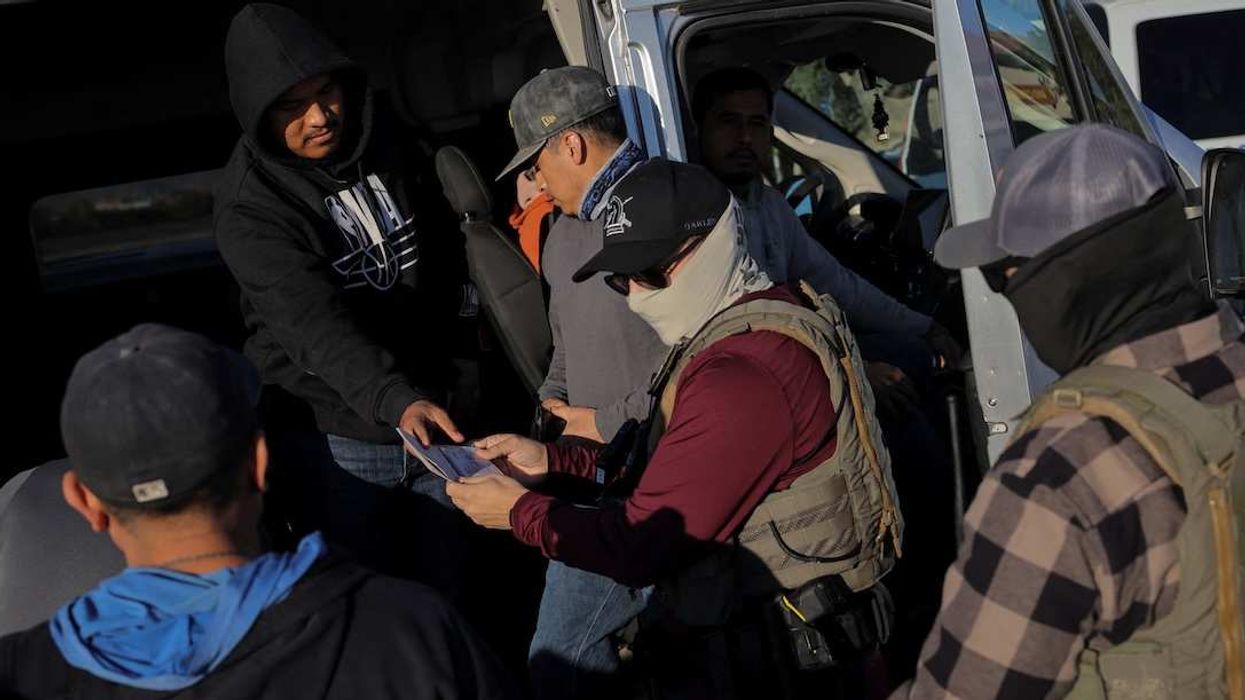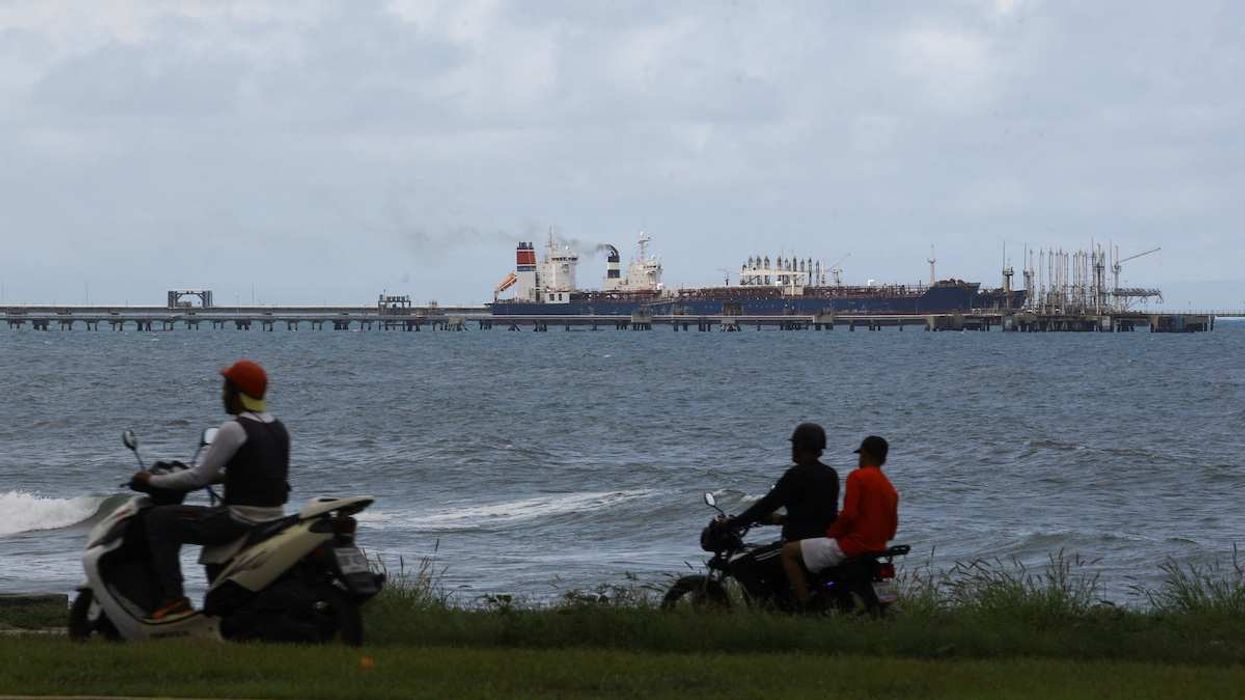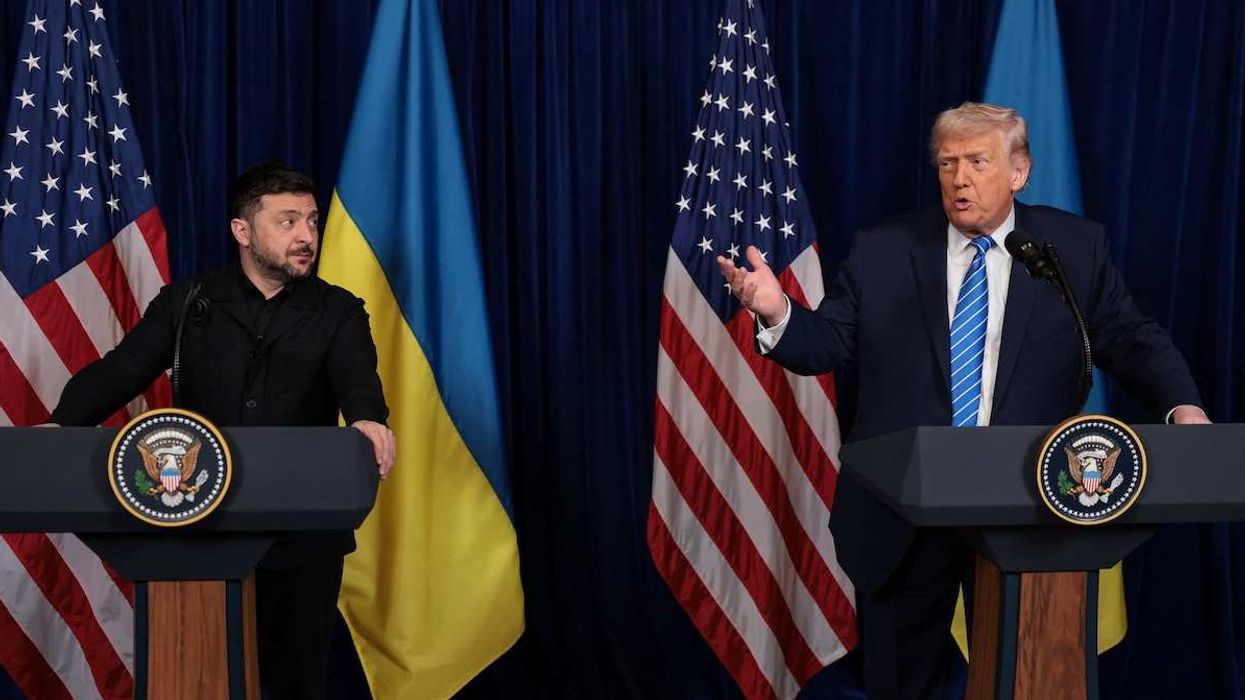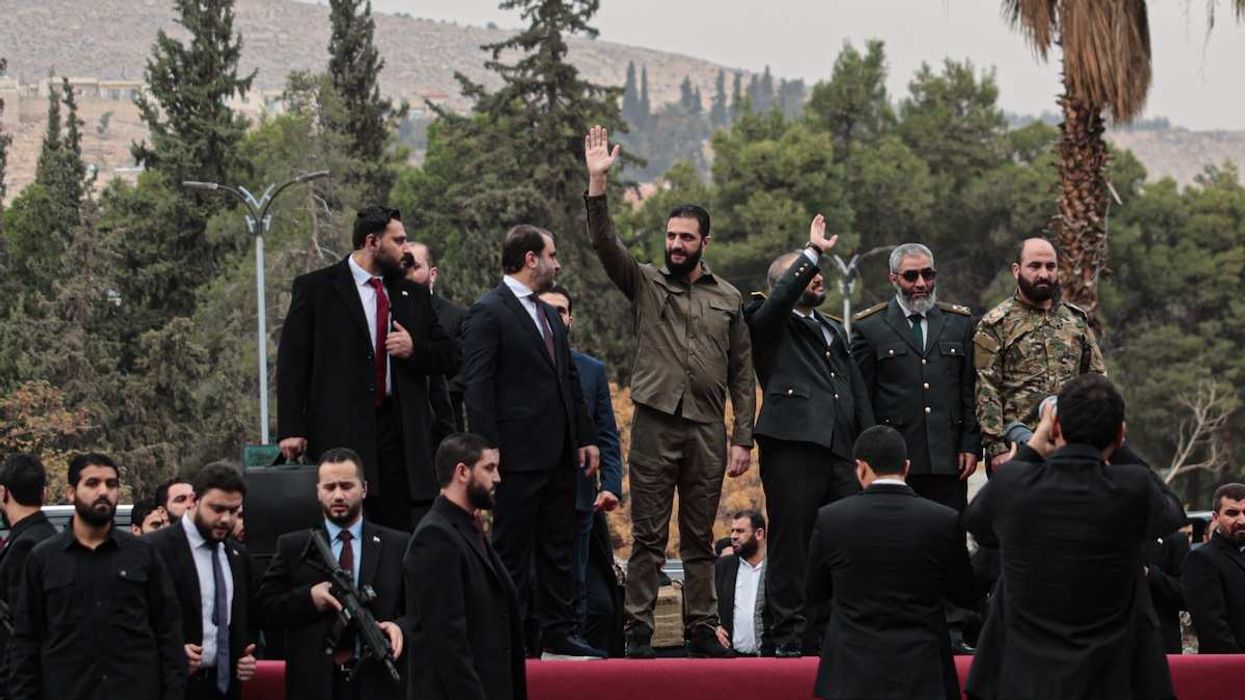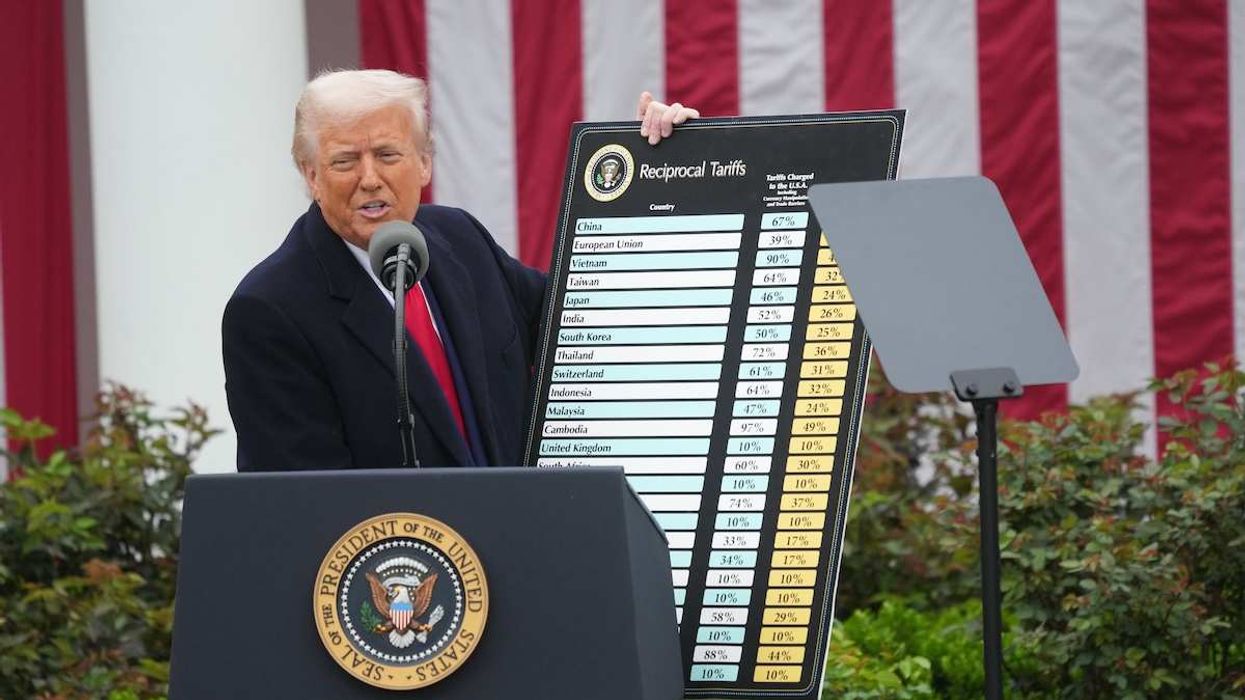On Monday, thousands of worshippers flocked to the Indian city of Ayodhya to attend the inauguration of what some are calling the “Hindu Vatican.” The newly opened temple epitomizes the ruling Hindu-nationalist Bharatiya Janata Party and Prime Minister Narendra Modi’s ascendance and is a symbol of their political dominance in India.
The regional airport is full of private jets, and local shops have run out of gold-plated idols as the faithful splurged for what amounts to a once-in-a-lifetime pilgrimage. The massive pink sandstone and white marble complex, intricately engraved and decked out with tens of thousands of flowers, cost approximately $181 million to build in a country where laborers earn around $5 a day.
And at the center of it all is Modi, who wrote on X (formerly Twitter) that “Lord [Ram] has made me an instrument to represent all the people of India during the consecration.” Not a bad platform to whip up his base ahead of spring elections – and given that construction hasn’t actually finished, that may be exactly why he staged the opening now.
But how did this modest northeastern city become the center of Modi’s project to remake the once famously secular India into a Hindu state?
An epic past
In the ancient Hindu saga, the Ramayana, Lord Ram, also known as Rama, was born in Ayodhya as the seventh avatar of Vishnu. Vishnu is revered as the supreme being in Vaishnavism (the largest Hindu sect) and takes corporeal form in many Hindu epics to intervene in earthly affairs.
Ram is born into the royal family, but political intrigue forces him into 14 years of exile, whereupon his beloved Sita is abducted by the 10-headed demon Ravana. Ram defeats Ravana and returns with Sita to Ayodhya in triumph, having symbolically restored the universal order or dharma. His spiritual victory is celebrated by modern Hindus in the Diwali festival.
Islamic India
Early Islamic armies established control of what is now Sindh, Pakistan, during the 7th and 8th centuries CE, and in the 13th century, Turkic Muslim horse archers overran what is now northern India and Pakistan, where they established the Delhi Sultanate.
Under their rule and that of their successors, the vaunted Mughals, Islam spread into communities across north India, including Ayodhya. Around 1528, a Mughal commander ordered the construction of the Babri Mosque on a hill overlooking the city called Ramkot (literally “Ram’s fort”).
After the British Raj subsumed the Mughals in the 19th century, the mosque became a flashpoint of conflict between the local Muslim and Hindu communities. Hindus allege that the mosque was built on top of a temple venerating the birthplace of Ram himself – and archaeological surveys conducted on the site do show evidence of a non-Islamic structure, but archaeologists who worked on the dig dispute the finding that it was a temple.
Partition
British authorities managed to keep a lid on things by acknowledging Hindu concerns and splitting the site, allowing Muslims to continue using the interior of the mosque while Hindus worshiped idols of Ram on the exterior.
However, the fragile balance collapsed as the British withdrew, and on Aug. 14, 1947, as the former British Raj split into nominally secular India and explicitly Muslim Pakistan (which then included Bangladesh), up to 18 million Muslims and Hindus caught on the wrong side of the line scrambled to leave. Neighbor turned on neighbor in a tidal wave of murder, rape, and pillage that is believed to have left at least one million dead and traumatized generations of survivors.
In Ayodhya, the absence of the British and a diminished Muslim population reignited the controversy over Babri Mosque. In 1949, local Hindu activists broke in and placed idols of Ram inside the facility. The secular Indian National Congress party, which dominated Indian politics through the 1980s, stepped in and shuttered the site to everyone, Muslim and Hindu, for the next three and a half decades.
Walls come down
In 1986, the INC government passed a law that seemed to give Muslim men the privilege to divorce their wives without having to pay very much in alimony in response to a controversial Supreme Court decision. The nascent BJP capitalized on the move, attacking the INC for pandering to the Muslim community as they faced a tough election (not entirely an unfair allegation).
The INC overcorrected, allowing Hindus to worship at the Babri Mosque site again – and fueling Hindu nationalist sentiment and support for the BJP. They became the kingmakers in the 1989 elections, growing their seats in Parliament from 2 to 85. Then-party leader Lal Krishna Advani used the opportunity to embark on a nationwide pilgrimage to Ayodhya to push for the destruction of the Babri Mosque and the construction of a Hindu temple.
The pilgrimage so inflamed communal tensions that Prime Minister Vishwanath Pratap Singh arrested Advani – and collapsed his own government in the process. Elections in 1991 saw the BJP take 120 seats while Singh’s party withered, leaving a weak INC minority government in charge.
In December 1992, approximately 150,000 BJP supporters gathered at Babri Mosque for a political rally. The inflamed crowd attacked the mosque, driving off the police cordon and proceeding to tear the structure down brick by ancient brick. News of the demolition set off riots across South Asia, and at least 2,000 died.
Modi triumphs
Ayodhya remained at the center of Indian politics as the BJP ascended through the 1990s and 2000s. In 2002, while Modi was in charge of Gujarat State, a train carrying Hindu pilgrims back from Ayodhya was attacked. Modi publicly blamed Muslims, inflaming riots that displaced around 150,000 people and killed at least another 2,000.
By the time Modi became Prime Minister in 2014, the issue of control over the grounds was in the courts. The Indian Supreme Court handed down a ruling in 2019, ordering the entire plot to be handed to a Hindu trust. Modi quickly stepped in with a trust to fund the construction of the temple where he is now – like Lord Ram of legend – marking his triumphal return to Ayodhya.
The city’s Muslim leaders say they are resigned to the decision. They’ve been allocated a plot of land outside town to rebuild their house of worship – out of sight and out of mind in the new India.
